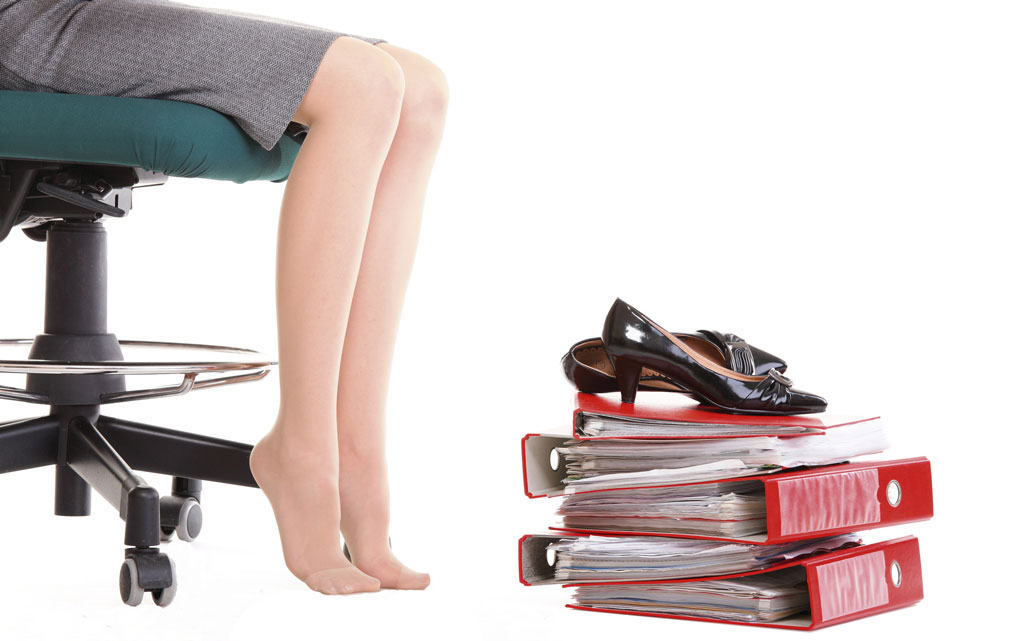
Charles Pigott comments on heels, headscarves & other dress code conundrums
- May’s media storm surrounding the receptionist who was sent home for refusing to wear heels has injected new life into the legal arguments about dress codes and equality law.
-
Coincidentally the advocate general’s opinion in the first dress code reference to reach the ECJ was published later same month.
Fortunately for those involved, “Heelgate” never escalated into a legal dispute, as the employers backed down. But judging by the tens of thousands signing the parliamentary petition to make it illegal for employers to insist on heels at work, at least some must still require female staff to wear them. Many believe the law would be on the side of a worker who refused to wear heels. But is that necessarily the case?
Long hair
The leading case on gendered dress codes was decided by the Court of Appeal 20 years ago: Smith v Safeway Plc [1996] IRLR 456. Mr Smith, who worked as a delicatessen assistant, was unable to establish that his employer’s insistence on short hair for men discriminated against him on











